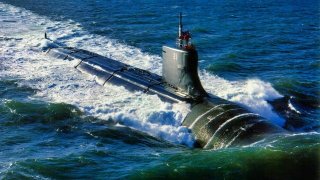The U.S. Navy's 5 Best Warships in 2024
The United States Navy, despite its storied history, faces modern challenges in shipbuilding, recruitment, and adapting to new threats. Among its standout warships are the Los Angeles, Ohio, Seawolf, and Virginia-class submarines, each contributing unique capabilities.
Summary - The U.S. Navy's Best Warships are Almost all Submarines: The United States Navy, despite its storied history, faces modern challenges in shipbuilding, recruitment, and adapting to new threats. Among its standout warships are the Los Angeles, Ohio, Seawolf, and Virginia-class submarines, each contributing unique capabilities.
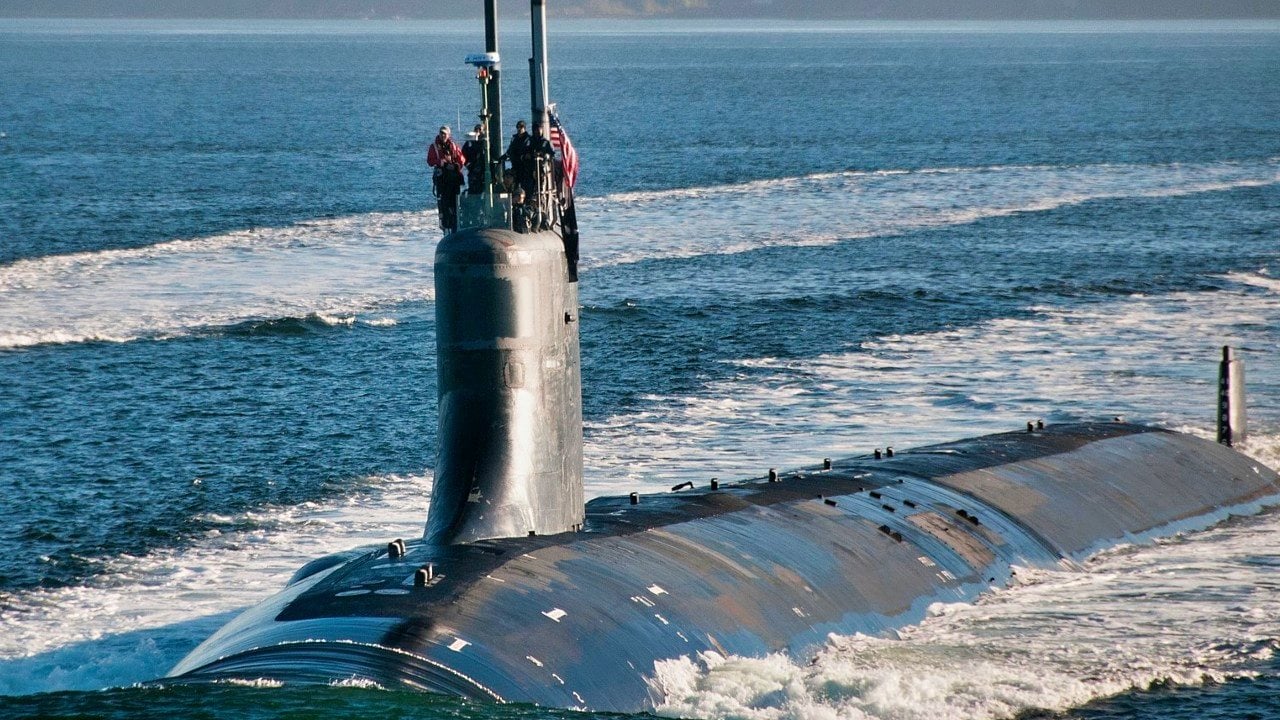
-However, the emerging star is the experimental Manta Ray Unmanned Underwater Vehicle (UUV), showcasing the shift towards underwater, stealthy, and unmanned naval warfare to counter advanced anti-access/area denial (A2/AD) systems.
-As surface warships face growing obsolescence, the Navy's future strength lies beneath the waves.
Why America's Greatest Warships Are Now Submarines
The United States Navy is one of the most storied military services in the world. A rich history of greatness, it has lately been beset by problems. Its shipyards cannot produce enough warships. The Navy is struggling to recruit sufficient numbers of personnel to maintain readiness. What’s more, the Navy has been plagued by public scandals and controversies for many years. And the Navy is obsessed with its aircraft carrier fleet at a time when the flattop is increasingly useless, thanks to the advent of sophisticated anti-access/area denial (A2/AD) systems.
Still, there are some great warship classes in the US Navy that should be celebrated. By celebrating them, too, we highlight which platforms are best suited to lead the Navy in any potential fight.
5. Los Angeles-class Submarine
Developed in the late 1970s to replace the Navy’s Sturgeon-class submarine, the Los Angeles-class is a nuclear-powered attack submarine with a long and illustrious record of service. It comprises the largest number of submarines in the American fleet. It carries Tomahawk cruise missiles for sea-to-shore bombardment.
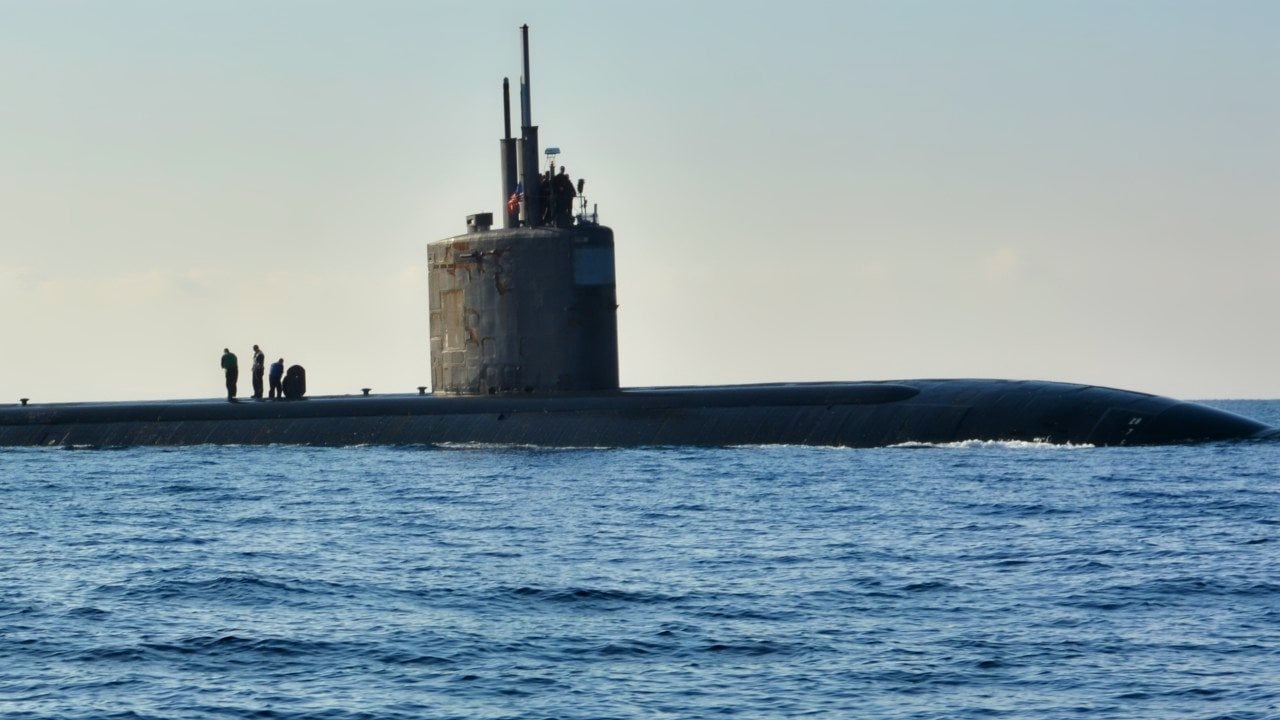
These boats are designed for silent warfare. These boats are not only stealthy, but they are speedy. And they can operate at a depth of around 650 feet. Although, as Harrison Kass points out, there are some experts who think that official number is inaccurate, and that the real depth is around 950 feet. The only real downside to this iconic warship is that the class is getting old. There have been multiple, upgraded iterations over the years that should keep these boats in the service for a long time. But America’s enemies are starting to catch-up.
4. Ohio-class Submarine
Billed as possessing “unprecedented strike capabilities” by the US Navy, this class of submarine is armed with tactical missiles, has a state-of-the-art communications suite, and can conduct missions in support of Special Operations Forces (SOF).
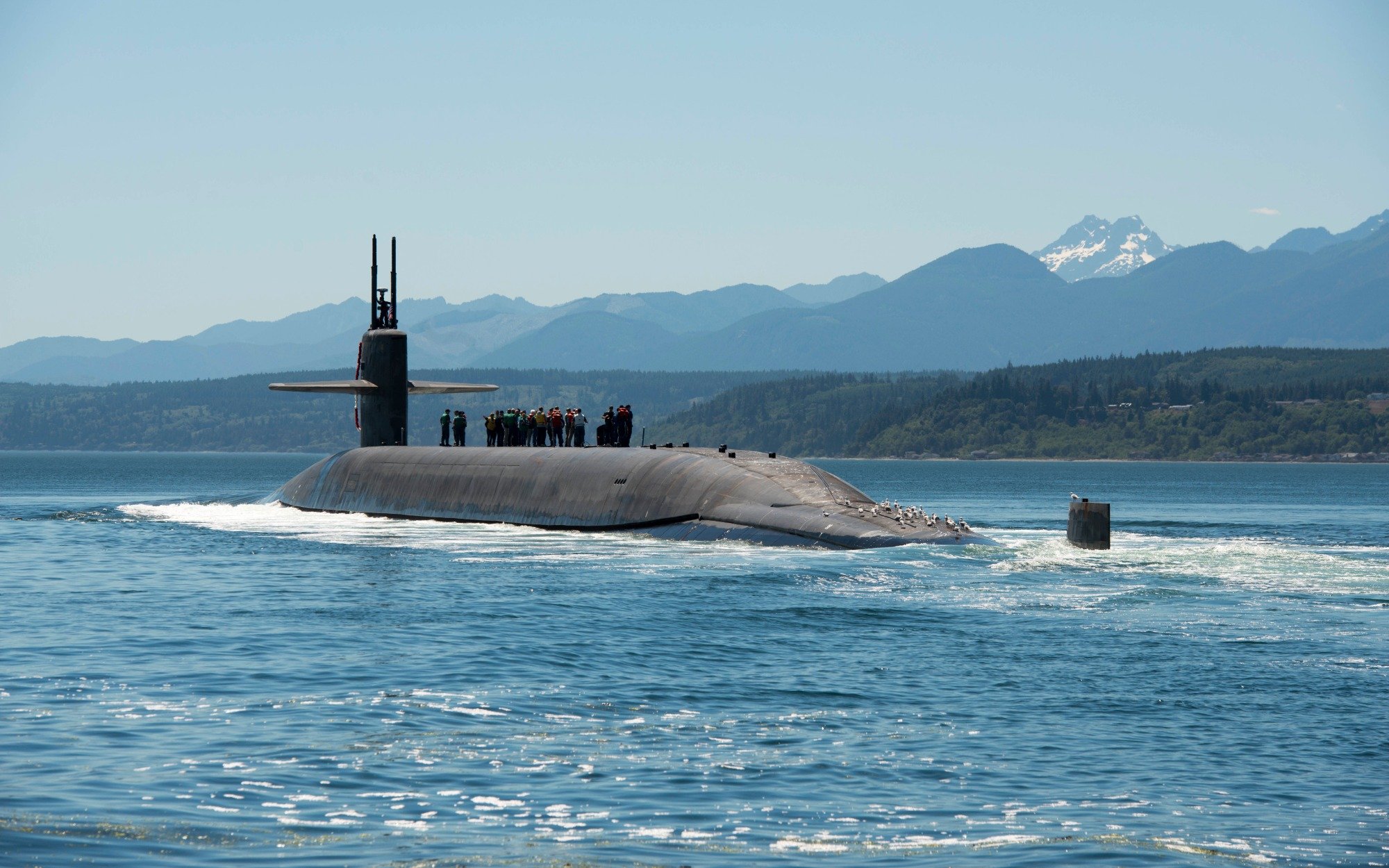
This nuclear-powered submarine was such a hit that the Navy converted four of its units from being an SSBN (used for launching nuclear weapons) to being an SSGN (a guided missile submarine used for attacking ground targets with non-nuclear weapons). According to Military.com, “the Ohio-class submarines represent more than half of the Submarine Force’s vertical launch payload capacity with each SSGN capable of carrying up to 154 Tomahawk land-attack cruise missiles.” This submarine is a beast.
3. Seawolf-class Submarine
Designed to be a replacement for the Los Angeles-class attack submarine, and at one time considered the most advanced attack submarine in the world, the Seawolf-class ended up being too expensive and complex for its own good. Technically it should probably be a rank higher. But its expense, coupled with the end of the Cold War, prompted Congress to cut its original order from more than 30 units to just four.
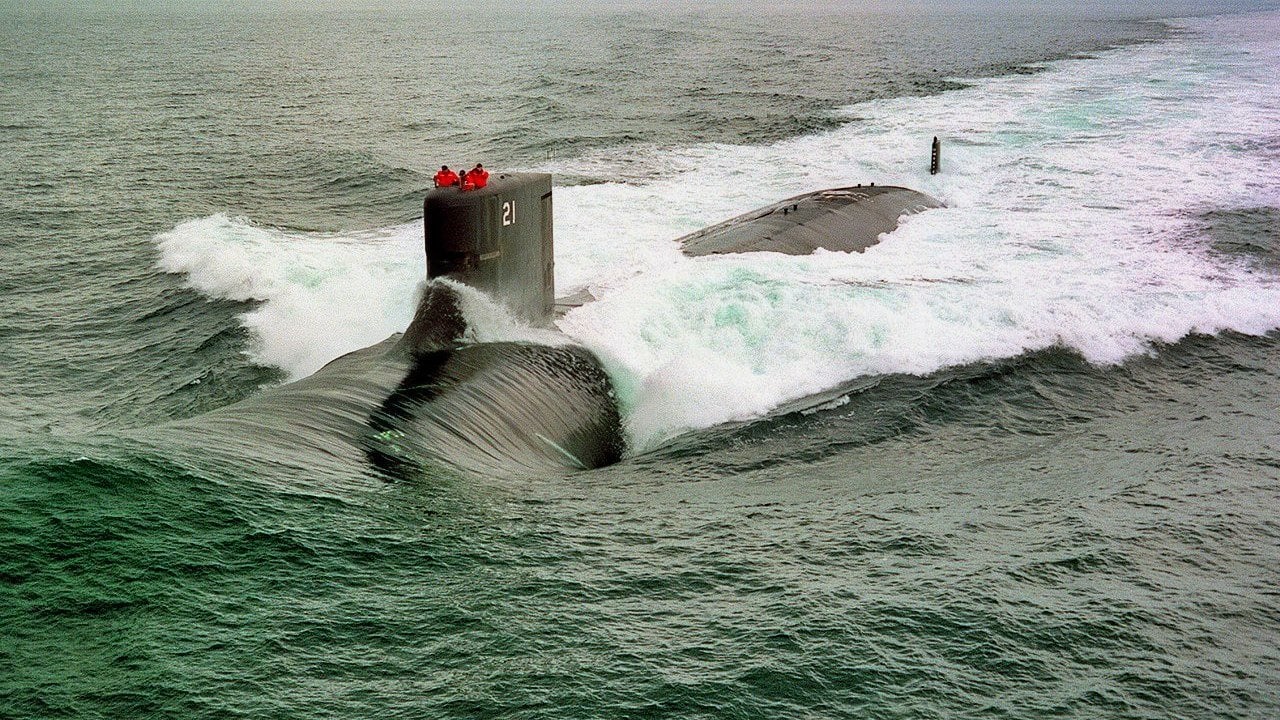
So, it could never replace the ubiquitous Los Angeles-class. Still, it has become a niche submarine specializing in undersea espionage operations. This is the submarine most likely to tap into undersea cables to eavesdrop on enemy chatter (or to sabotage underwater assets belonging to rivals). Like the Los Angeles and Ohio-classes, the Seawolf-class can conduct land-attack missions, they can deploy sea mines, they can deploy SOF units, too. These submarines are works of modern marvels. But their limited number makes their use, well, limited.
2. Virginia-class Submarine
This class became the alternative to the Seawolf-class. Like the Seawolf, the Virginia-class nuclear attack submarine was intended to replace the Los Angeles-class attack submarines. The reason the Navy went with this class rather than the Seawolf was because this class was considerably cheaper than the Seawolf. This boat can travel more than 25 knots. She can deploy SOF units, cruise missiles, and sea mines, too.
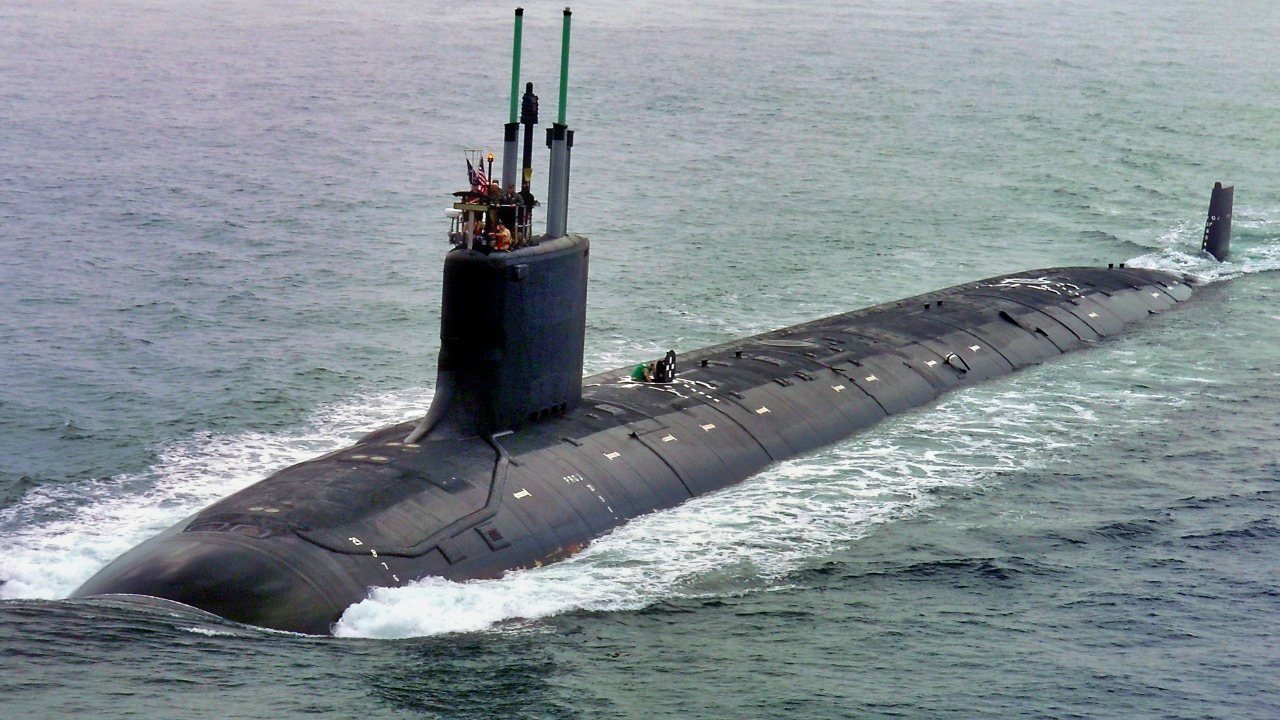
There have been five blocks of this class built with a sixth, and final, block planned that will be larger than its predecessors to incorporate even more sophisticated technologies. In fact, this class of submarine is meant to not only succeed the retiring Los Angeles-class but it is supposed to carry the undersea fleet through to the middle of the century, when the Navy’s new SSN(X) submarine will be available. So, these boats have a long time to serve this country.
1. Manta Ray Unmanned Underwater Vehicle (UUV)
You might be scratching your head wondering why I might place an experimental prototype belonging to the Defense Advanced Projected Agency (DARPA) as the best US Navy warship in service today.
Well, it’s for the same reason that there are no surface warships listed in this top five list. That’s because, with the advent of A2/AD systems, many surface warships—notably aircraft carriers—are increasingly useless. It will be underwater systems, such as submarines, that do the bulk of the fighting in the next great power conflict (which is coming soon).
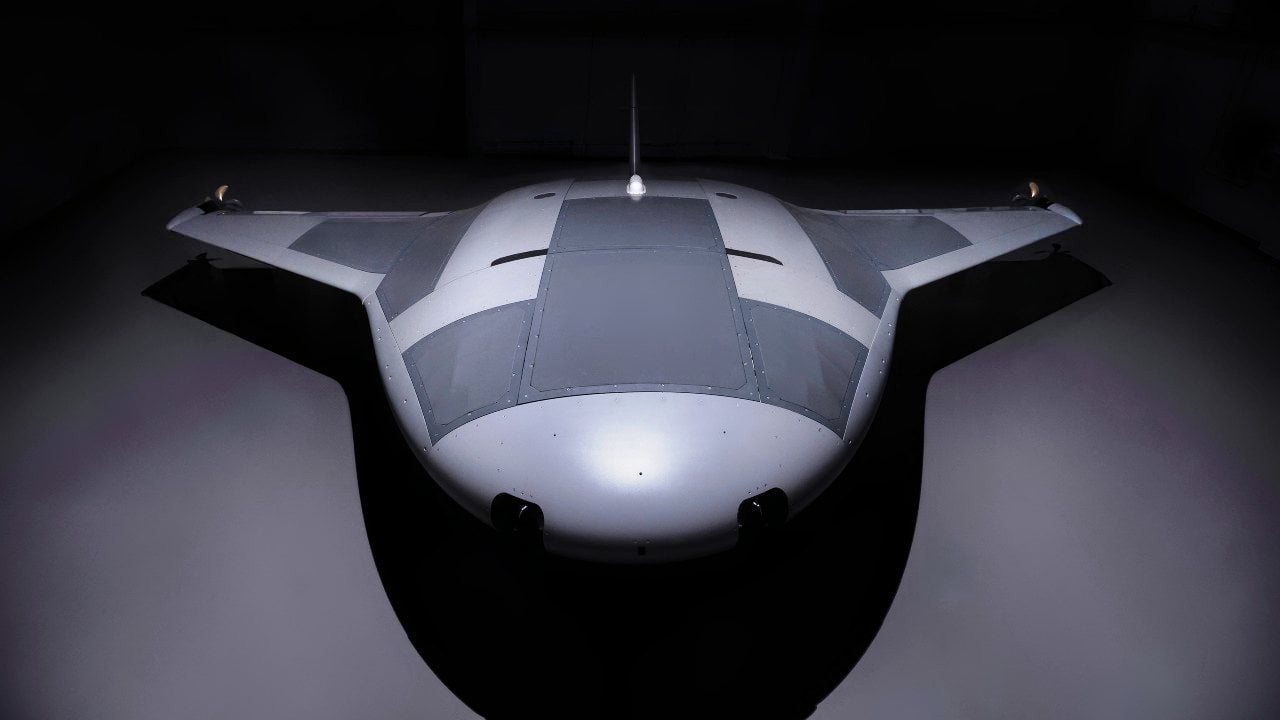
The two most important naval platforms in the next decade will be the submarine and the still-growing Unmanned Underwater Vehicle (UUV) capabilities. The Manta Ray is a massive UUV. And, when placed with a large number of other Manta Ray UUVs, swarms of these systems could deliver the same kinds of capabilities that submarines do…only with less risks. Inevitably either it or, more probably, a newer version of this system will be able to conduct similar mission sets to that which manned submarines can do (at least that’s the hope of its designers). So, not only is the US Navy developing capabilities to end-run China’s A2/AD arsenal.
The Navy is also creating systems that will be harder for enemy anti-submarine warfare systems to track and hit—while still allowing for the giant UUV to conduct strikes on enemy targets.
Conclusion
The rise of A2/AD and other systems that favor America’s rivals means that our best naval platforms are not going to be found on the surface. They will be beneath the waves and stealthy. These systems will also preferably be unmanned. This list is my best attempt to demonstrate this reality to you, dear reader.
About the Author
Brandon J. Weichert, a National Interest national security analyst, is a former Congressional staffer and geopolitical analyst who is a contributor at The Washington Times, the Asia Times, and The-Pipeline. He is the author of Winning Space: How America Remains a Superpower, Biohacked: China’s Race to Control Life, and The Shadow War: Iran’s Quest for Supremacy. His next book, A Disaster of Our Own Making: How the West Lost Ukraine, is due October 22 from Encounter Books. Weichert can be followed via Twitter @WeTheBrandon.
All images are Creative Commons.


